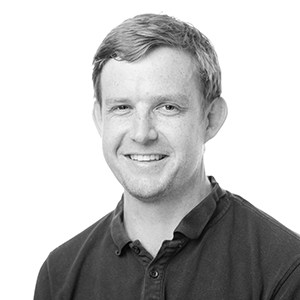
Patrick Cahill
Manager – Biosecurity
Patrick manages the Biosecurity group within Cawthron. He has core skills in development of antifouling technologies and managing invasive biofouling organisms, drawing on an extensive network of collaborators in universities and industry to deliver practical outcomes for marine biosecurity.
At Cawthron, Patrick is engaged in a range of science and consultancy projects. Patrick currently leads research projects to develop new antifouling biocides based on synthetic peptides, eco-friendly antifouling formulations inspired by nature, and holistic approaches to manage biofouling pests in shellfish aquaculture. He undertakes commercial R&D and consulting projects for government and industry, with examples including the development of reactive biosecurity treatment procedures for high-risk vessels and biosecurity management assessments for aquaculture.
Technical skills, experience and interests
- Developing “eco-friendly” antifouling technologies
- Marine biosecurity management, including for aquaculture
- Marine chemical ecology
- Marine larval biology and ecology
- Antifouling bioassay development
Qualifications
- PhD (Marine Science). University of Auckland, New Zealand 2013
- BSc (Hons) (Ecology and Zoology). University of Otago, New Zealand 2010
